- +90-544-774-1416
- info@hongkongfoam.com
SBR foam (Styrene Butadiene Rubber) is one of the closed cell copolimers. Its similarity to natural rubber makes it a very useful and effective product in special situations. However it can be combined with natural rubber to make it even more effective. The exceptional features of SBR is its flexibility, dampening shock and sound, high abrasion resistance as well as resisting efficiently against air, dust and moisture
Low Resistance Against Flames, Ozone, Hydrocarbon Solvents and Oil, Difficult Processing Abilities
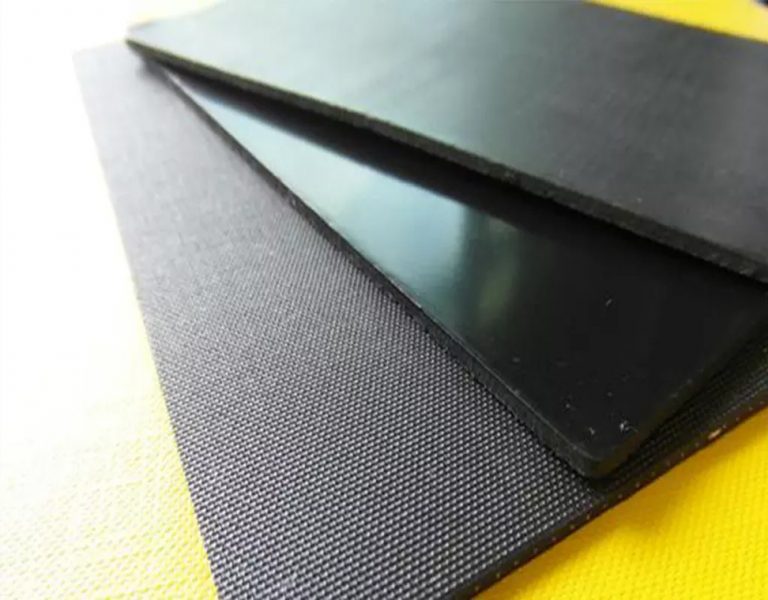
Affordable Replacement for NR, High Water Resistance, Abrasion and Aging Resistance, Flexibility
Cushioning, Sealing, Waterproofing, Gaskets, Tires and Vehicle Interiors
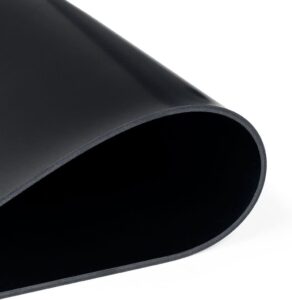
DENSITY: 80 Kg/.m³
HARDNESS (SHORE A): 7
APPLICATIONS: Home appliances
MOQ (SHEET): Negotiable
LEAD TIME: 7-10 DAYS
COLOR: BLACK
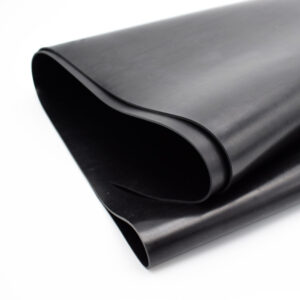
DENSITY: 100 Kg/.m³
HARDNESS (SHORE A): 7
APPLICATIONS: Home appliances
MOQ (SHEET): Negotiable
LEAD TIME: 7-10 DAYS
COLOR: BLACK
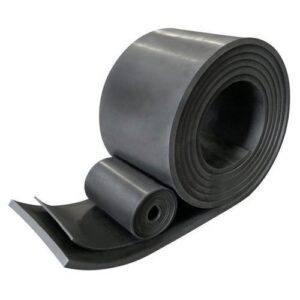
DENSITY: 120 Kg/.m³
HARDNESS (SHORE A): 10
APPLICATIONS: SPORTS & SHOES
MOQ (SHEET): Negotiable
LEAD TIME: 7-10 DAYS
COLOR: BLACK
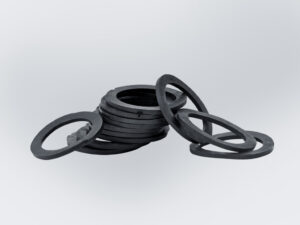
DENSITY: 140 Kg/.m³
HARDNESS (SHORE A): 10
APPLICATIONS: SPORTS & SHOES
MOQ (SHEET): Negotiable
LEAD TIME: 7-10 DAYS
COLOR: BLACK
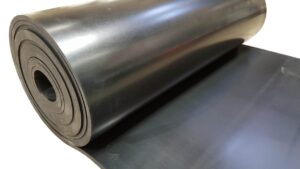
DENSITY: 150 Kg/.m³
HARDNESS (SHORE A): 13
APPLICATIONS: GASKETS & SEALANTS
MOQ (SHEET): Negotiable
LEAD TIME: 7-10 DAYS
COLOR: BLACK

DENSITY: 160 Kg/.m³
HARDNESS (SHORE A): 13
APPLICATIONS: GASKETS & SEALANTS
MOQ (SHEET): Negotiable
LEAD TIME: 7-10 DAYS
COLOR: BLACK
The SBR Foam (Styrene-Butadiene Rubber) comes from styrene & butadiene. The structure of this formula has random copolymers.
The SBR history was before the Second World War. It was developed by the German chemist, Walter Bock.
He developed the synthetic elastomers with copolymerizing two materials with catalysts.
In the 1960s, the first commercial production of SBR Foam was introduced by companies like “Firestone” & “Philips”.
The SBR rubber is a replacement for natural rubber. This replacement relies on economics.
The structure of these copolymers is very similar to natural rubber.
SBR Foam is mostly produced in the “latex” shape for many uses & applications.
The SBR rubber specification is very similar to natural rubber.
SBR Rubber is a mixture of approximately 25 percent of styrene & 75 percent of butadiene.
The optimum temperature range of SBR rubber is between –50° F and +225° F.
At the beginning procedure of SBR Foam production, we have a hot SBR rubber.
The hot SBR rubber has different characteristics than cold SBR rubber.
The hot SBR rubber , for example has dimensional stability, low mill shrinkage, good & good extrusion characteristics.
The cold SBR rubber actually, shows better mechanical properties like tensile strength.
The cold SBR rubber has also better abrasion resistance than the hot SBR rubber.
The cold SBR rubber is used in lightweight products like hoses & molded goods.
According to irregular molecular structure, SBR rubber does not crystallize. To achieve the appropriate physical properties, we need reinforcing fillers. The reinforcing fillers improves the properties well.
Many manufacturers add some additives to SBR Foam mixtures for many purposes & applications. These additives improves the performances & durability of SBR Rubber.
For example, in the process of SBR Foam production, manufacturers add “antioxidants” to reduce aging by oxidation. Meanwhile, to provide protection during services, they add “anti-degradants”.
Finally, to provide a stable bond, they add “coupling agents”.
For commercial goals, you must add “pigments” to develop colored rubber compounds.
After that to decrease the hardness to improve low-temperature flexibility, you must add “plasticizers”.
The SBR Rubber thickness is from 1mm to 40mm. SBR Foams can be fabricated to rolls & sheets.
SBR Rubber can be produced to all kinds of customization with “skiving & slitting”, “sawing machinery” & “die-cutting” process.
You can see the main benefits of SBR on the below:
SBR has a lot of benefits & applications. For commercial uses,
SBR plays an important role in different industries.
For example, for “good abrasion resistance”, SBR Foam is very popular in the tire industry. On the other hand, tires are so abrasive.
For increasing the durability, you must use high-quality materials & additives to your combination to reach good strength & high-quality materials.
Thanks to the “good resilience” & “high tensile strength”, the SBR Foam is used in shoes insoles & gaskets. The SBR Foam is reliable & flexible for tensile products. SBR rubber is even used in chewing gums!
SBR Foam is also compatible with CR, NBR, EPDM & BR Foam
SBR also is cost-effective foam rubber. This product enhances durability & elasticity for many applications.
We know that every chemical material like SBR Rubbers provides many benefits for us but in minor cases, they might be harmful to us. For example, only a disadvantage of this rubber is the SBR is toxic for the lung, brain & liver.
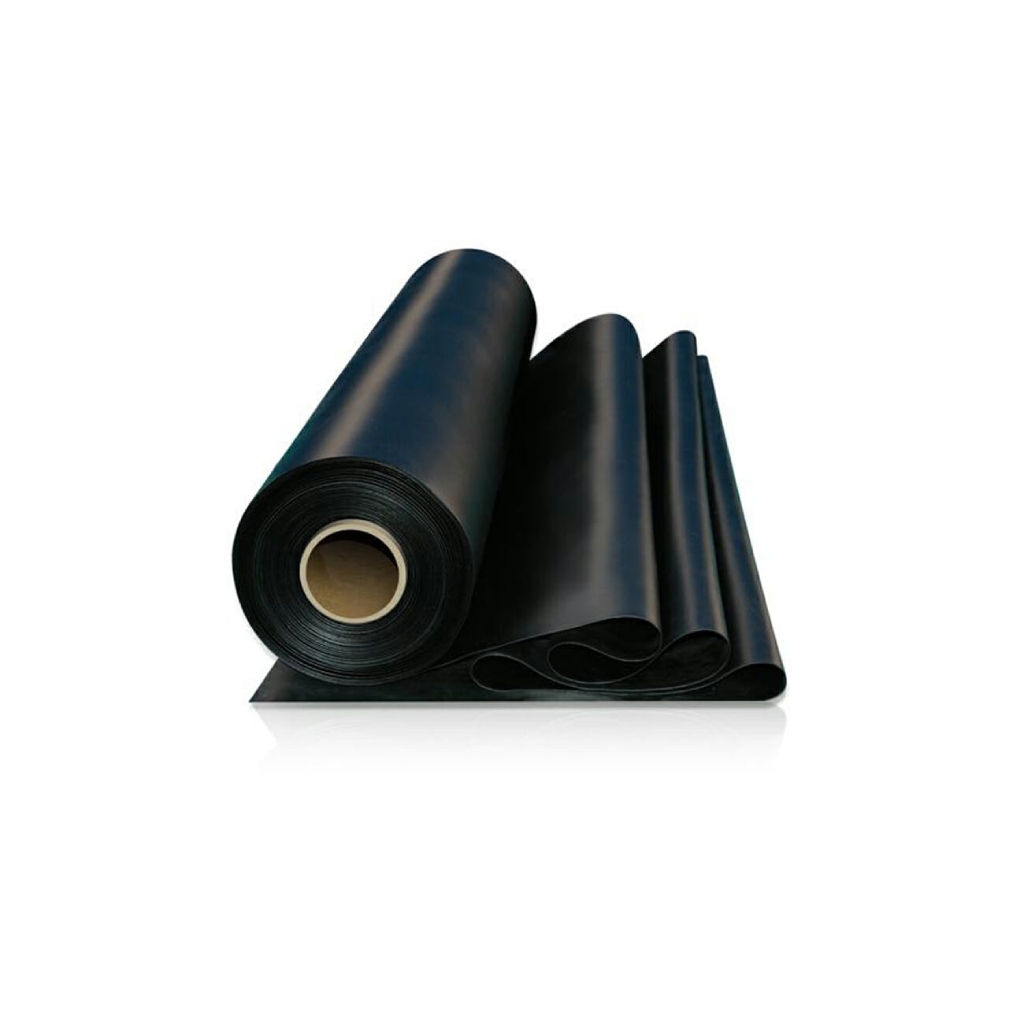
Ready to buy foam? PleasE Order now.
If you need more information, Please contact us.
You can see the SBR foam applications on below:
The main application of SBR rubber is in the tire industry. The tire producers can build high-tech tires for advanced uses with SBR Foam.
Nowadays, most of car manufacturers designs & builds high-performance cars & vehicles with the latest technology.
These manufacturers work on R&D (Research & Development) unit to improve better traction during breaking & decrease abrasion. It all belongs to tire performance.

Hong Kong Foam is the company based on trust and mutual interest between clients and manufacturers.
© 2022 HongKongFoam - All rights reserved
We will respond and call you as soon as possible